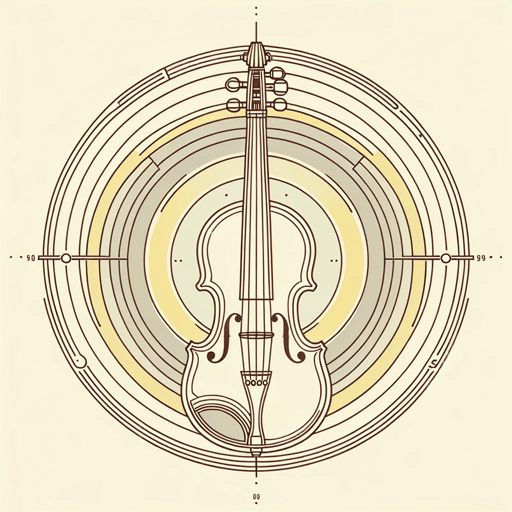51 pages • 1 hour read
Kiku HughesDisplacement
Fiction | Graphic Novel/Book | YA | Published in 2020A modern alternative to SparkNotes and CliffsNotes, SuperSummary offers high-quality Study Guides with detailed chapter summaries and analysis of major themes, characters, and more.
Part 4, Chapters 10-11Chapter Summaries & Analyses
Part 4: “Home”
Part 4, Chapter 10 Summary
Content warning: This section deals with wider issues of racial discrimination and injustice, including unjust incarceration and inter-generational trauma. It contains references to racial segregation and Islamophobia.
The fog clears. Kiku and her mother are home in their own living room again. Kiku’s mother apologizes for taking so long to talk about Ernestina and their lives. Kiku admits she was afraid to ask because she was not sure her mother wanted to talk about any of it. Many Issei and Nisei avoid talking about their experiences, as if there is a sense of shame, or simply the assumption that they should just move on with their lives. Kiku’s mother insists that it is important to remember and talk about it. “Especially these days” (263), she adds, as she watches Donald Trump speaking on the television again.
Part 4, Chapter 11 Summary
Kiku and her mother start researching the camps. They find Ernestina’s yearbook from the Topaz High School, as well as government records that show when the family entered and left the camp. They find the box of mementos from Ernestina’s life, including the small carved violin that Mr. Matsuzawa made her. Kiku reflects that the time displacements “had transferred the feeling of gratitude and connection [Ernestina] must have felt at that moment” (268) to her.

